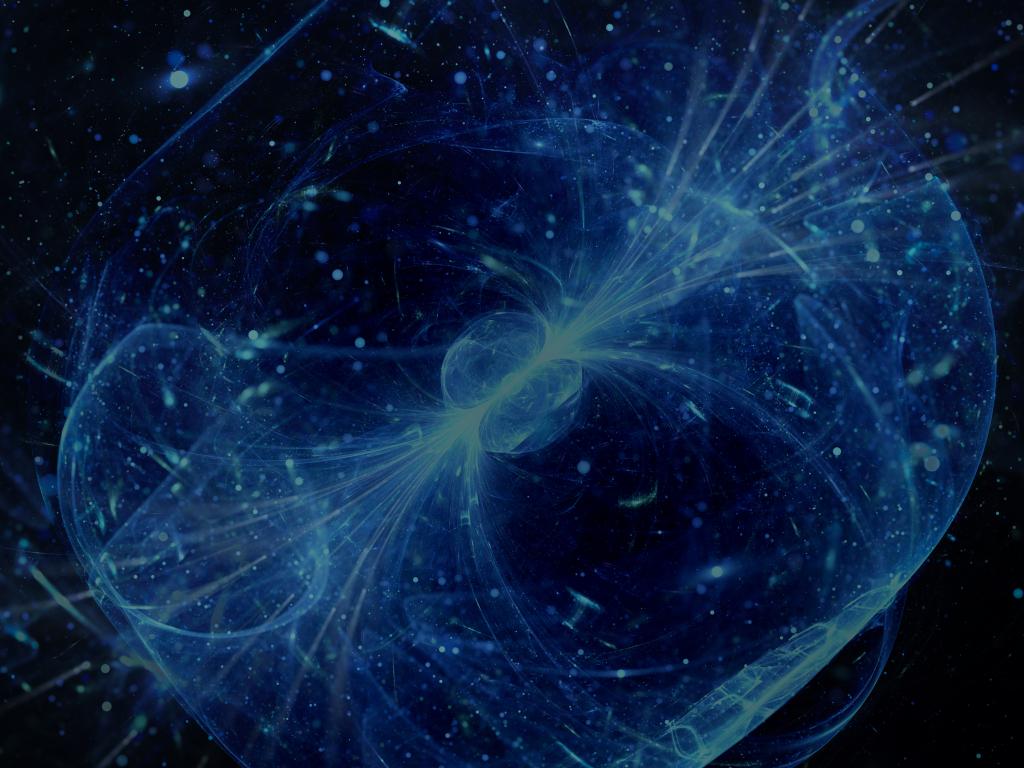Admission CTAs
Professor Shares NASA New Horizons Findings at Faster Farther Kick Off
During the kick-off of Mason’s “Faster Farther” campaign, which strives to raise $500 million for the university by 2018, a few of Mason’s best and brightest faculty, students and staff were showcased.
As the event’s final speaker, College of Science professor Michael E. Summers shared NASA’s findings from the New Horizons Mission in a TED-style presentation. The New Horizons spacecraft successfully flew by Pluto on July 14, 2015, marking the completion of NASA’s planetary reconnaissance of the solar system – an ambition that began in the 1960’s during the time of the Apollo moon missions.
Reaching Pluto
The achievement of finally reaching Pluto, and studying it and similar objects in the solar system, can help us develop ways to sustain life in space. With the swift advancements in space exploration, it is only a matter of time before humans dwell beyond Earth’s gravity in stations on the moon and Mars, in space habitats and on asteroids.
“When we explore space now, we are effectively exploring humanity’s next home.” says Summers, who has been involved with the New Horizons project since its conception.
Summers helped propose the New Horizons Pluto mission to NASA in 2001, and is currently analyzing its findings. He now serves as Atmospheres Theme Team deputy lead, which studies the atmospheres of Pluto and its moon Charon.
As the spacecraft passed Pluto’s surface, it captured hundreds of high-resolution images of the dwarf ice planet. One picture, in particular, showed features on the surface that earned the nicknames “whale”, “heart” and “donut.” Each of these features is a unique geological regime in the solar system that has never been seen before.
Teaching at Mason
Summers decided Mason was the perfect place to teach because of its close proximity to NASA’s Washington, D.C. headquarters. Summers has developed courses around his research with NASA, including an Astrobiology course, which studies the search of life in space, and a Planetary Science course.
“I’ve been able to mentor students in independent research projects related to these space missions, as well as in projects related to the discovery of planets around other stars,” says Summers. “Some of my students have become experts on recently discovered worlds.”
The Future of the Mission & Mason’s Campaign
In addition to discovering thousands of planets around the stars, NASA continues to discover new things about our own solar system. For example, when the New Horizons spacecraft launched from Cape Canaveral, Florida in 2006, the team only knew about Charon. They have since discovered four additional moons around the planet.
Pluto discoveries such as these are just the beginning for planetary scientists and researchers. It will take up to a year to completely downlink all of the data from the Pluto encounter, says Summers. So far only about five percent of data has been downlinked and publicly shared.
NASA is currently planning a flyby of an additional Kuiper Belt Object by the New Horizons spacecraft. This will be an extended mission for New Horizons in the hope of exploring a different dwarf ice planet near Pluto’s orbit in the Kuiper Belt.
With the closing of the Faster Farther campaign in 2018, and the exploration of another planet in the following year, the Mason nation can continue to keep their eyes to the skies. Great strides are made every day in discovery-based science, and now is the time to be a part of them.
Write to Keosha Quigley at cosmc@gmu.edu
About the College of Science
George Mason University’s College of Science (COS) offers over 40 interdisciplinary degree and certificate programs in physical, life, mathematical, data, forensics, earth and space sciences, and policy, to over 3000 students each year. The college, a crucial part of the university’s goal to promote research of consequence, accounts for roughly 30% of the university’s research expenditure. The college’s broad regional presence, combined with strategic national and international connections, reinforces the college’s mission to provide world-class scientific leadership important to modern society. George Mason University, located just outside of Washington, DC, is Virginia’s largest public research university. For additional information, email cosnews@gmu.edu.
